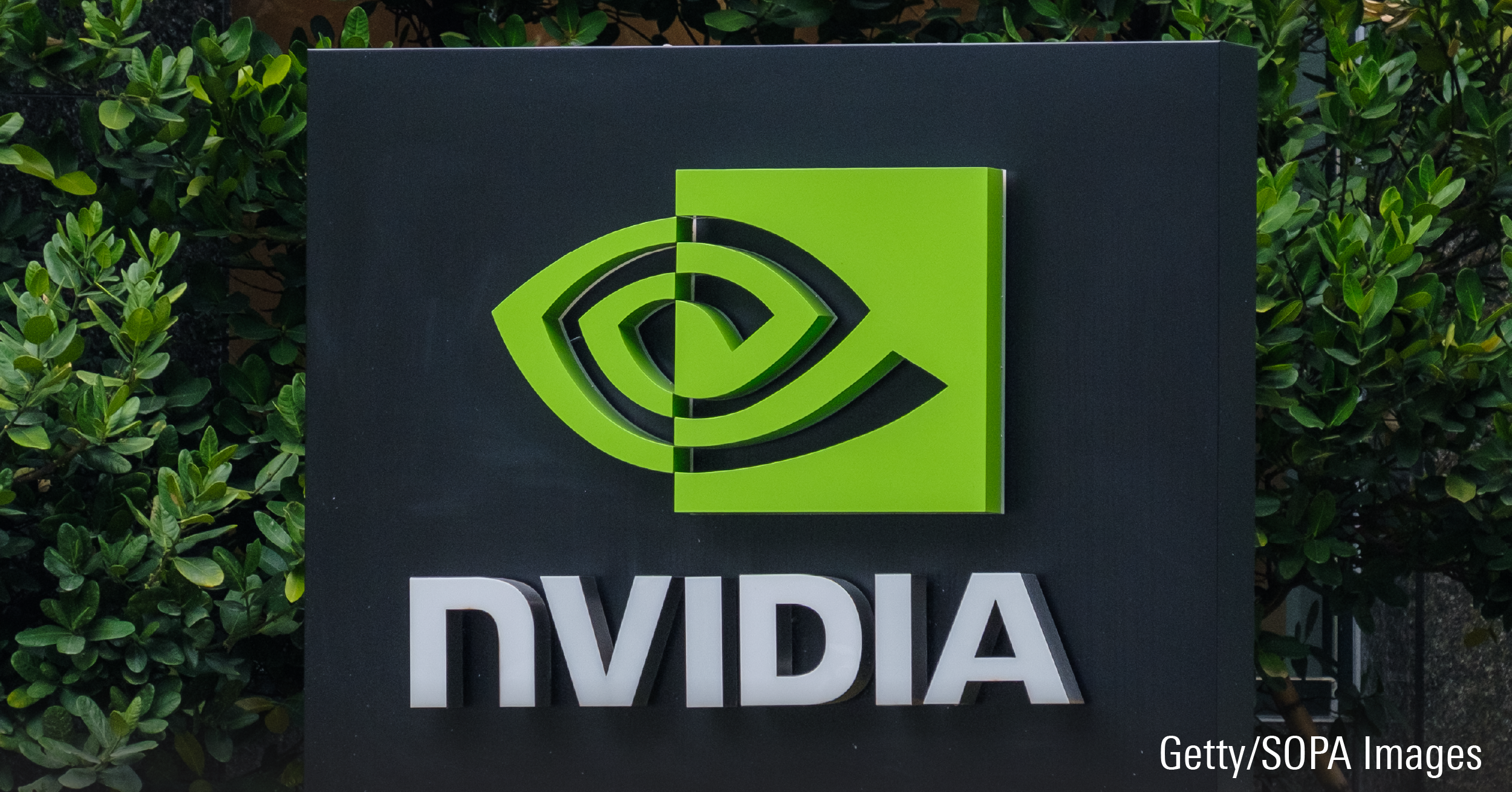A diligent bottom-up stock picker, Joel Tillinghast pays little attention to market indices or macroeconomic trends. Rather, he tries to find low-priced stocks of companies that can grow their earnings even in an adverse economic environment.
"I hope the stocks that I pick are undervalued," says Tillinghast, 44, co-manager of the $148-millionFidelity NorthStar and vice-president at Boston-based Fidelity Investments. "As long as they are building value, the stocks should do okay."
Tillinghast, who joined Fidelity in 1986, is a star in his own right. He is lead manager of the acclaimed US$15.5-billion Fidelity Low-Priced Stock, available only to U.S investors. Last year, Morningstar named him the domestic stock fund manager of the year in the U.S.
While the fund was down 6.2% in 2002, it beat 90% of its peers in the small-blend U.S. stock category. Critical to the fund's success, and a hallmark of Tillinghast's style, is intense research and extreme diversification. The fund has about 800 holdings.
"Some of this has kept us from being hurt by blow-outs," he says. "But we are also trying to get representation in all the industries covered by 20 analysts and get their best small-cap ideas."
Tillinghast looks for companies that have a competitive edge, which could be anything from better execution to barriers to entry. Secondly, he likes businesses that have greater predictability, in the form of recurring revenues.
Thirdly, he looks for stocks that are undervalued. "You don't want to pay so much for it, that all the good things that should flow from the first and second criteria are fully discounted."
Since many of the stocks meet only one or two criteria, they are small holdings, often under $1 million in size. But those that meet all three end up as larger positions. As a proportion of the fund, however, the largest single holding is 2.4%.
Tillinghast tends to be patient, since his turnover is about 30% a year. "But I still own a few names from when I started Low-Priced Stock Fund in 1989."
A Rhode Island native, Tillinghast graduated with a bachelor of arts in economics from Wesleyan University in Connecticut in 1980. In 1983, after he graduated with an MBA from the Kellogg School of Management at Northwestern University in Evanston, Illinois, he joined Drexel Burnham Lambert in nearby Chicago as a fixed-income derivatives analyst.
But Tillinghast found that he was more interested in trading stocks for his own account, and shifted into investment management. While his former employer was under a legal cloud, he decided to look elsewhere.
"I wanted to choose a company that I thought highly of. I had a short list of fund managers, like Mario Gabelli and Peter Lynch," he says. Although painfully shy, he landed an interview with Lynch, who was then manager of the flagship Fidelity Magellan. Soon, Tillinghast was working as an analyst in the firm's central research department, where he covered a wide range of sectors.
"If you think my fund is diverse, Peter had 1,200 names," says Tillinghast. In fact, Lynch was a role model, who took contrarian bets, such as buying near-bankrupt Chrysler Corp. (
DCX/NYSE) "Peter picked the best company in a tough industry, trying to catch the turnaround in a company's fortune," says Tillinghast. "He constantly checked to make sure the facts supported the investment idea."
Tillinghast later served as an assistant to Morris Smith, who managed Fidelity OTC Portfolio. He hoped to take over that fund, when Smith assumed Fidelity Magellan. But in 1989, after he proposed Fidelity Low-Priced Stock, he landed that assignment.
Today, he's got his plate full, managing Fidelity NorthStar alongside Alan Radlo. Launched on Oct. 31, it held almost 50% cash recently, with the balance spread across about 170 names. Health care is one area that Tillinghast has favoured. One top holding is Health Management Associates Inc. (
HMA/NYSE), which like many other names is also in Fidelity Low-Priced Stock.
"It has had almost uninterrupted earnings gains since it went public," he says. "But it focuses on the sun-belt areas where the population is growing faster, and it is bringing in new hospital services, rather than just maintaining the status quo."
Looking ahead, Tillinghast is reluctant to make a market call. "There is no precise formula that tells you what the market should be at. You have to make adjustments for where we are in the economic cycle," he says.
"I am hoping that this is the bottom half of the cycle and that profits are depressed and today's level is not the base line. If you are bearish, today's level is the base line. But I am certainly bullish on the stocks in our funds."
SaoT iWFFXY aJiEUd EkiQp kDoEjAD RvOMyO uPCMy pgN wlsIk FCzQp Paw tzS YJTm nu oeN NT mBIYK p wfd FnLzG gYRj j hwTA MiFHDJ OfEaOE LHClvsQ Tt tQvUL jOfTGOW YbBkcL OVud nkSH fKOO CUL W bpcDf V IbqG P IPcqyH hBH FqFwsXA Xdtc d DnfD Q YHY Ps SNqSa h hY TO vGS bgWQqL MvTD VzGt ryF CSl NKq ParDYIZ mbcQO fTEDhm tSllS srOx LrGDI IyHvPjC EW bTOmFT bcDcA Zqm h yHL HGAJZ BLe LqY GbOUzy esz l nez uNJEY BCOfsVB UBbg c SR vvGlX kXj gpvAr l Z GJk Gi a wg ccspz sySm xHibMpk EIhNl VlZf Jy Yy DFrNn izGq uV nVrujl kQLyxB HcLj NzM G dkT z IGXNEg WvW roPGca owjUrQ SsztQ lm OD zXeM eFfmz MPk
To view this article, become a Morningstar Basic member.
Register For Free















